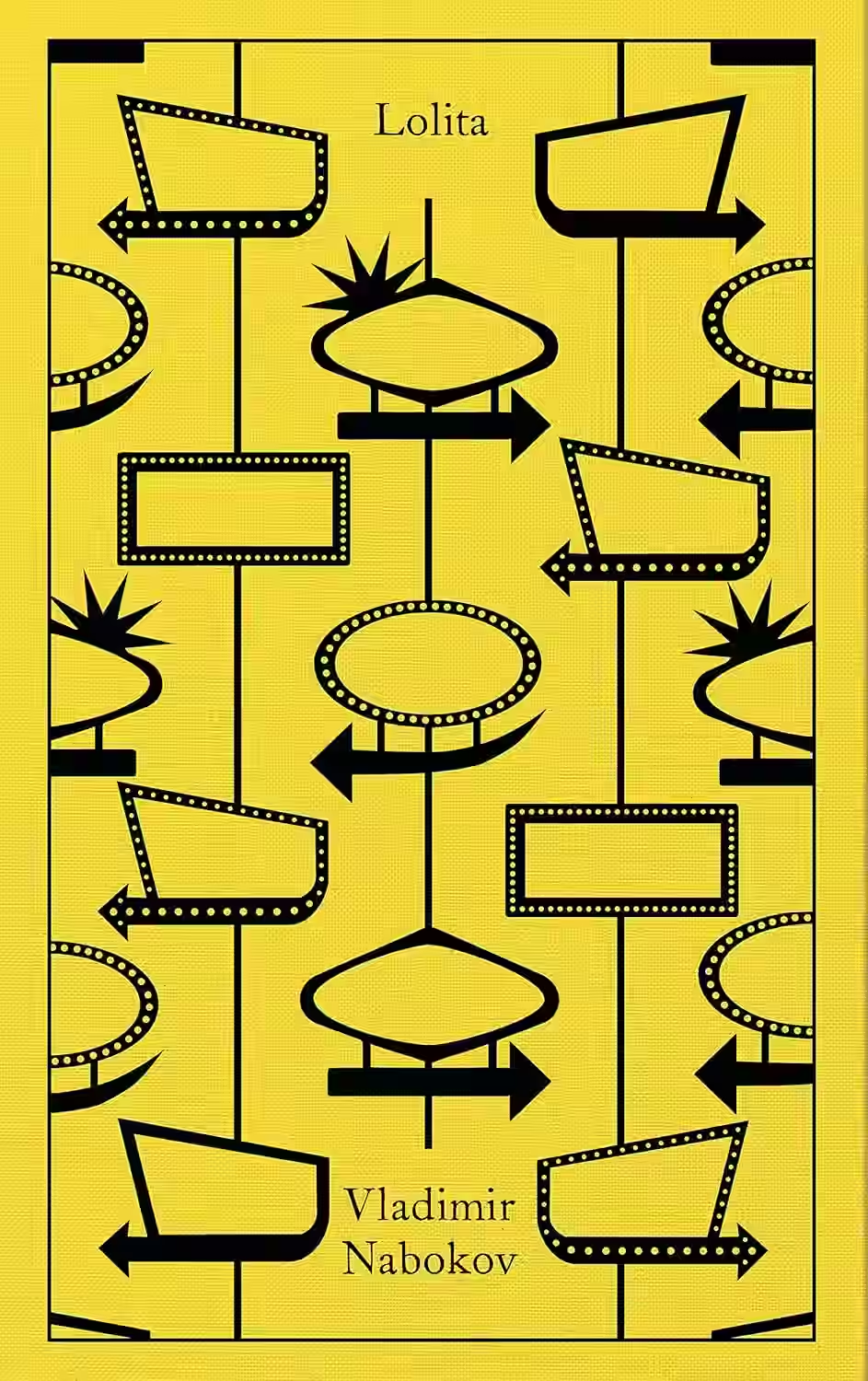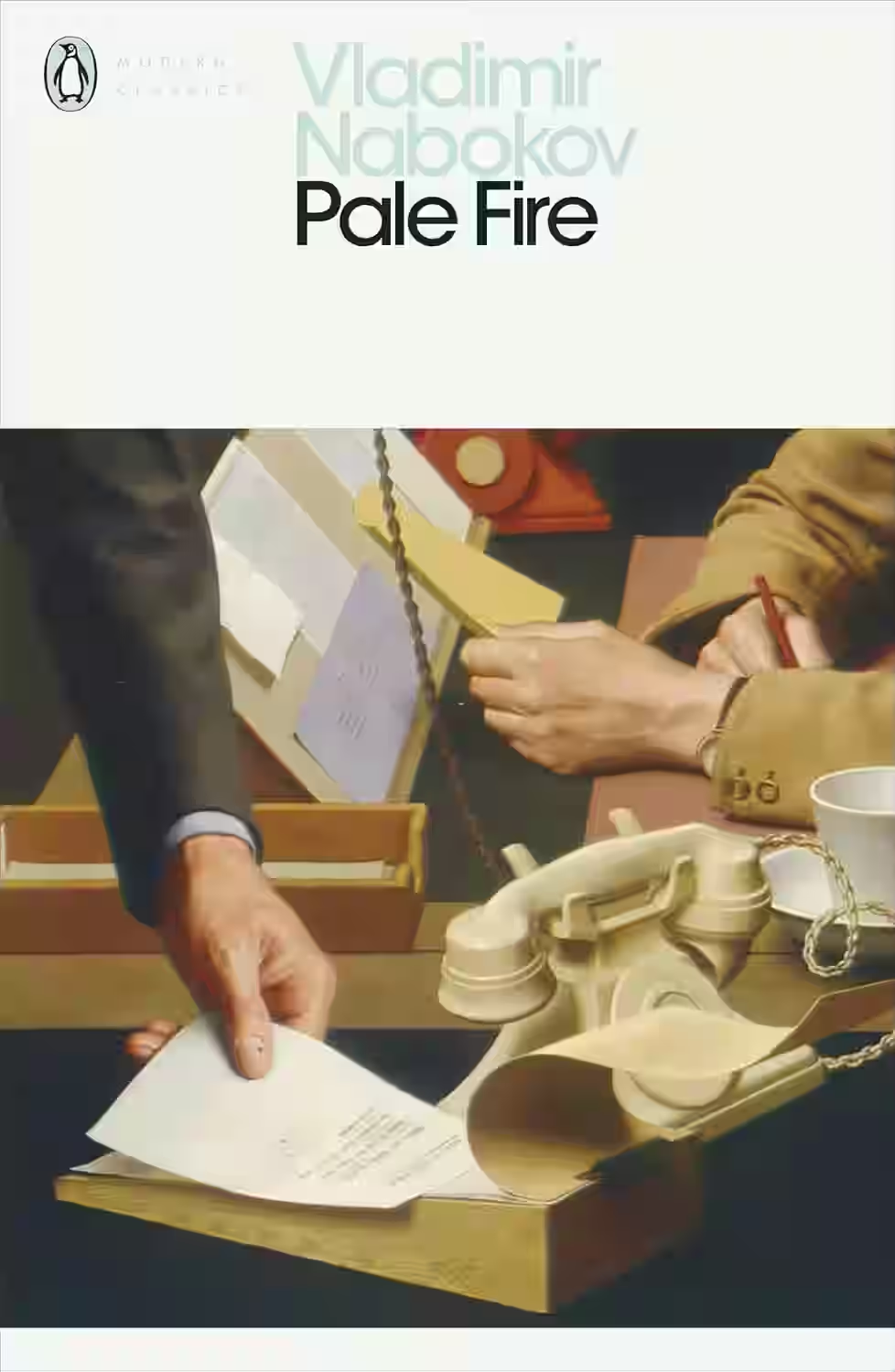Vladimir Nabokov
Vladimir Nabokov (1899-1977) was a Russian-American novelist, poet, and entomologist best known for his intricate and innovative writing style. Born into a wealthy family in St. Petersburg, Nabokov fled Russia during the Bolshevik Revolution and eventually settled in the United States. His most famous work, 'Lolita,' published in 1955, elicited both admiration and controversy for its exploration of taboo themes. Nabokov's writing often juxtaposed lyrical language with dark, complex subject matter, showcasing his mastery of wordplay and storytelling. His work has had a lasting impact on literature, influencing generations of writers with his unique blend of wit, intellect, and imagination.

Vladimir Nabokov's controversial masterpiece 'Lolita' delves into the psychological complexities of Humbert Humbert, a middle-aged literature professor, and his disturbing obsession with a twelve-year-old girl named Dolores Haze, whom he nicknames Lolita. Through Humbert's unreliable narration, the novel explores themes of desire, obsession, and the destructive nature of forbidden love. Nabokov's exquisite prose and intricate wordplay make 'Lolita' a literary marvel, despite its unsettling subject matter. The novel's impact on literature and culture is profound, challenging readers to confront uncomfortable truths about human nature and societal taboos.

Vladimir Nabokov's 'Pale Fire' is a brilliantly conceived novel that blurs the lines between poetry and prose, fiction and criticism. At its center is a 999-line poem by the fictional poet John Shade, accompanied by an extensive commentary by his self-appointed editor, Charles Kinbote. The novel masterfully unfolds through Kinbote's verbose footnotes, which reveal his obsession with both the poem and Shade himself. Themes of artifice, madness, and the nature of textual interpretation are explored as Kinbote's commentary becomes increasingly detached from the poem, presenting a narrative of his own deluded reality. 'Pale Fire' is a metafictional masterpiece illustrating Nabokov's genius for linguistic play and deceptive storytelling, challenging readers to discern layers of meaning beneath its complex surface.